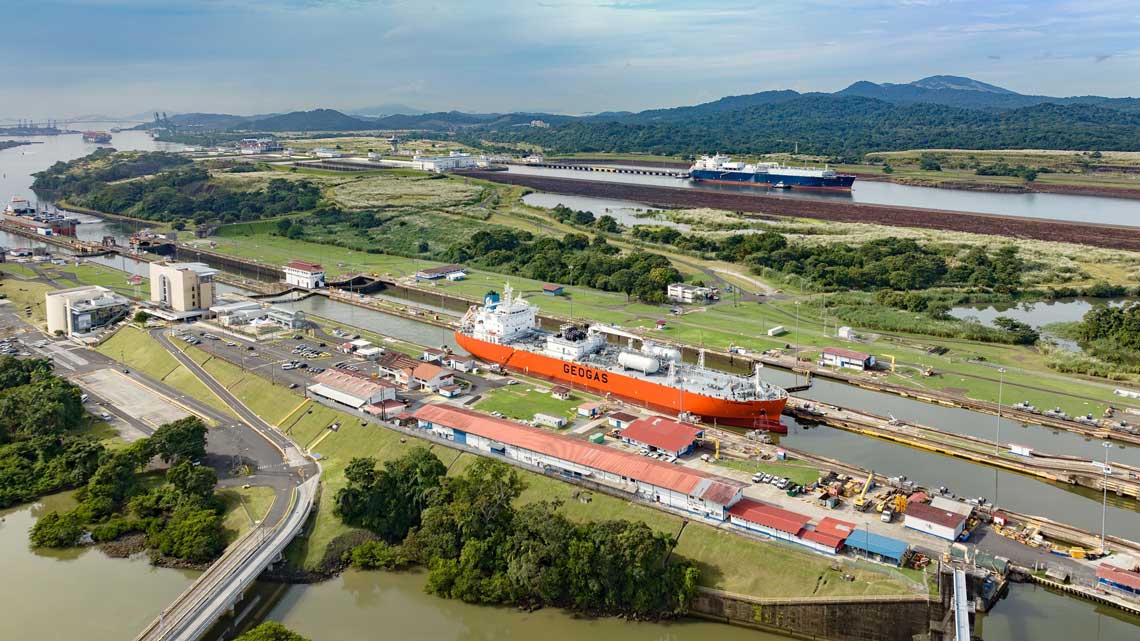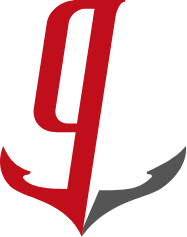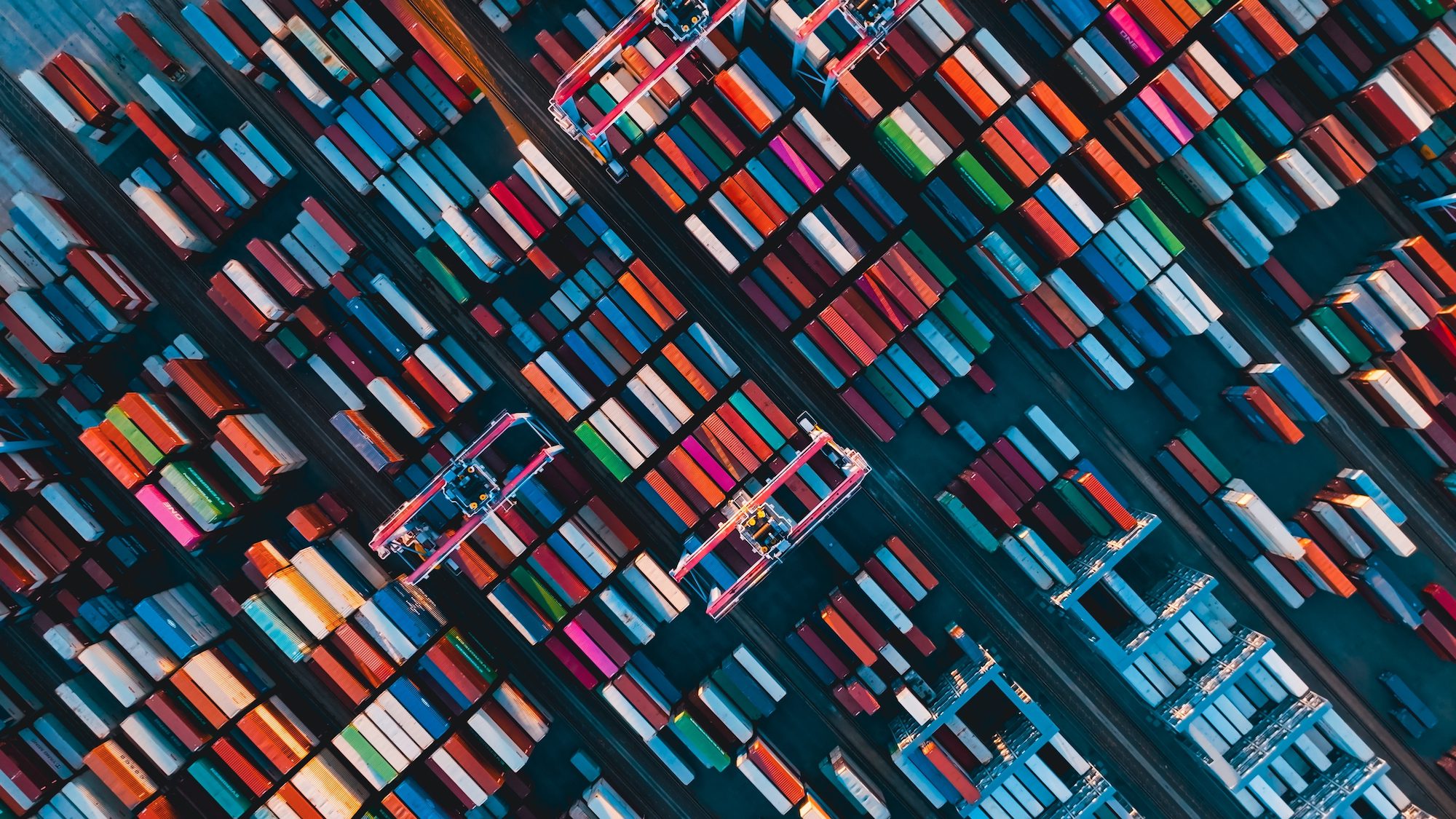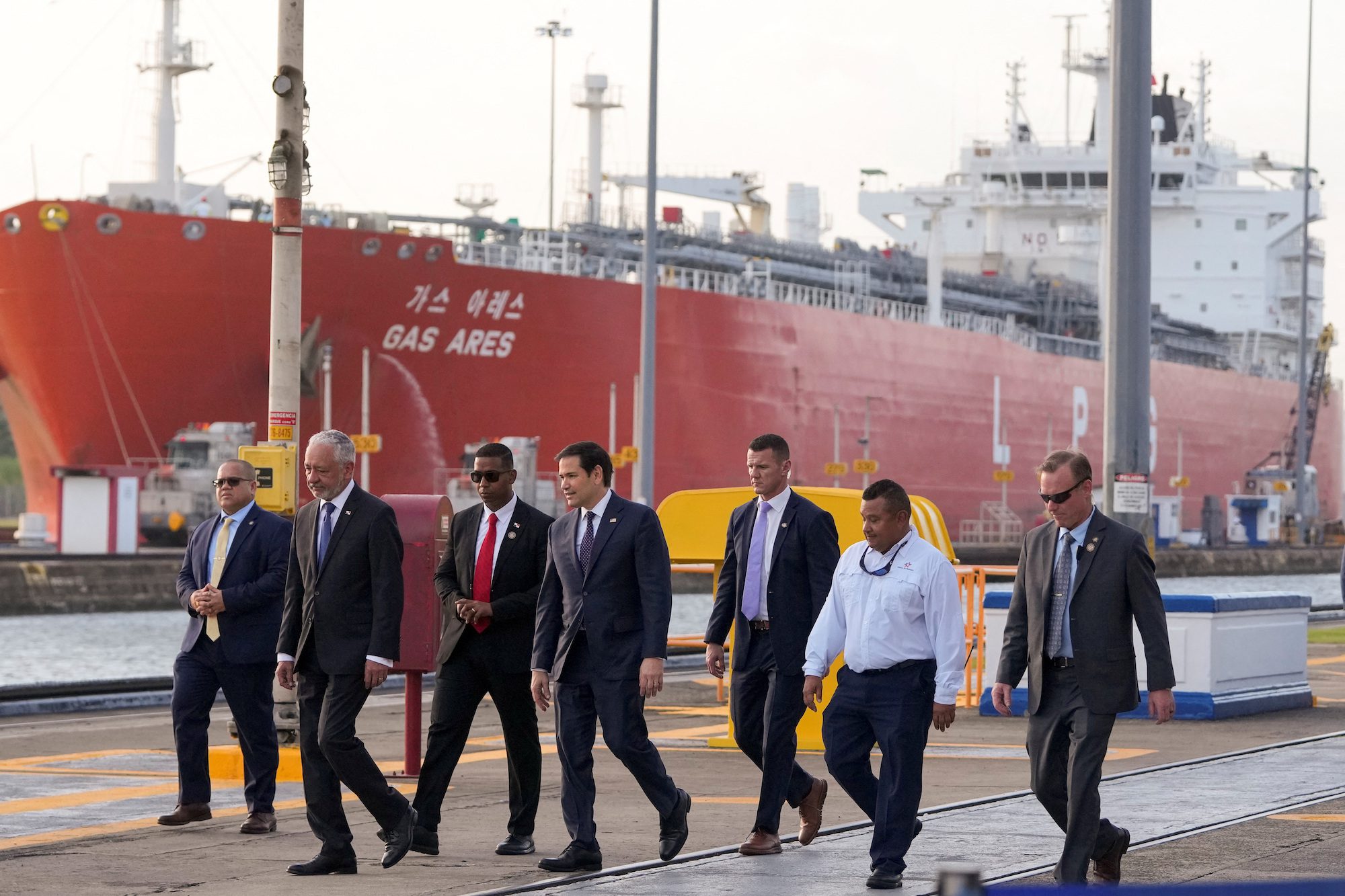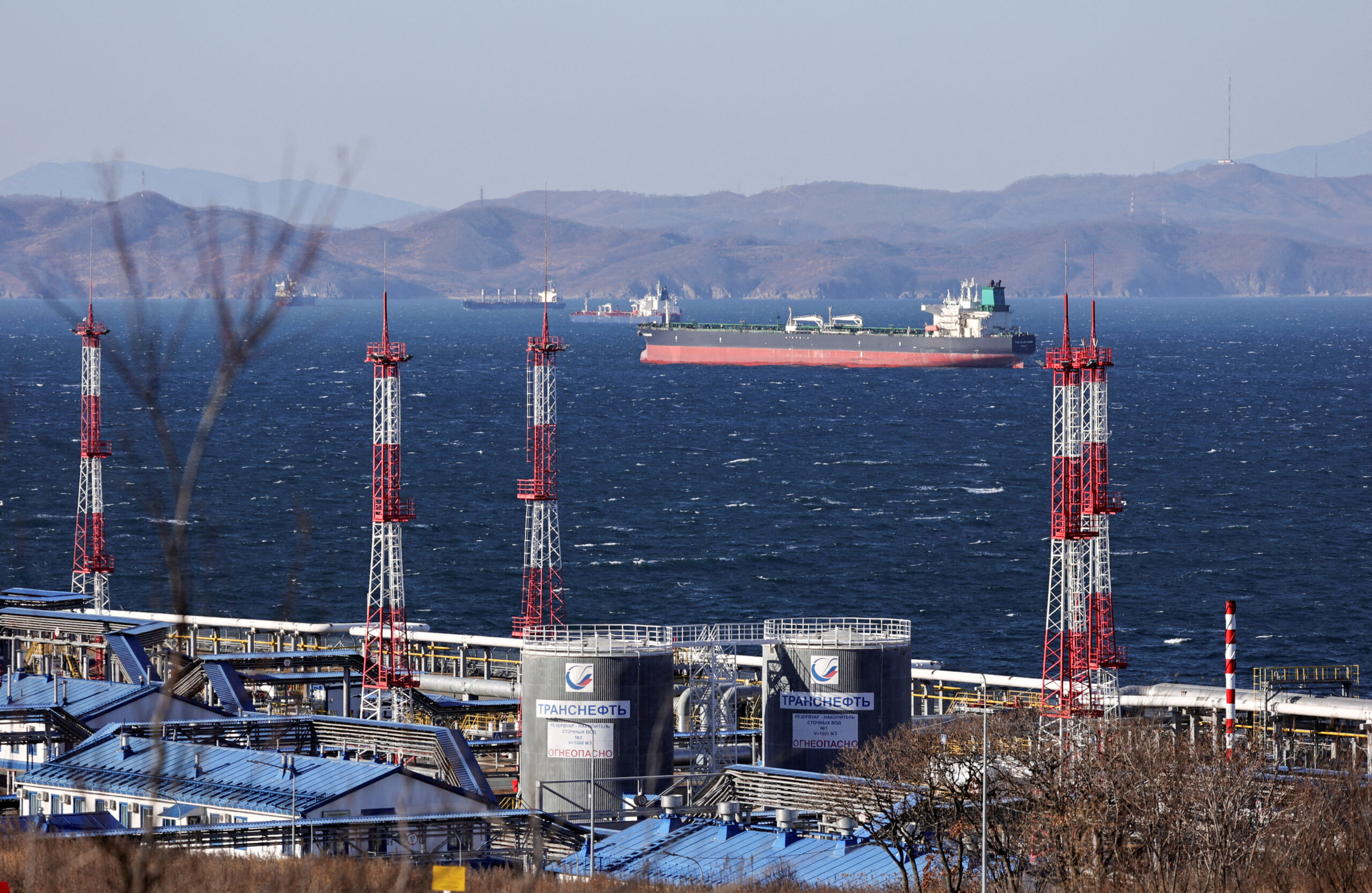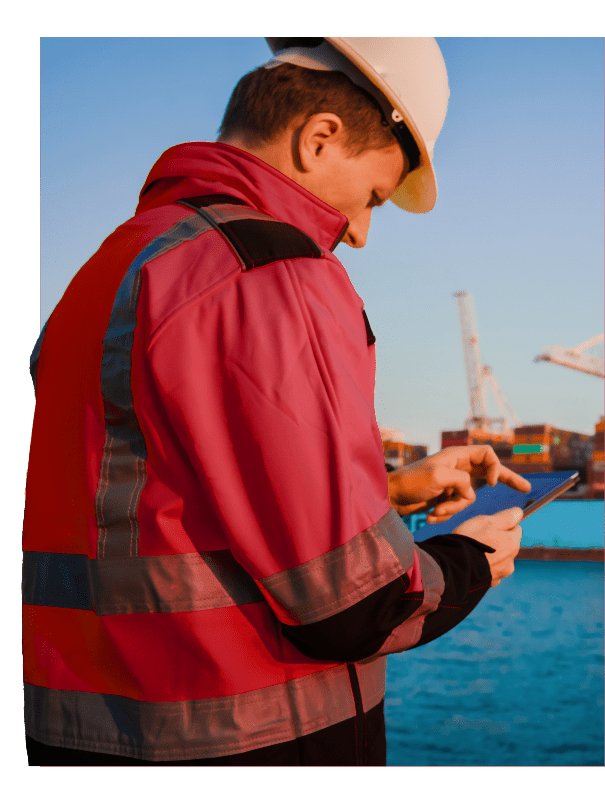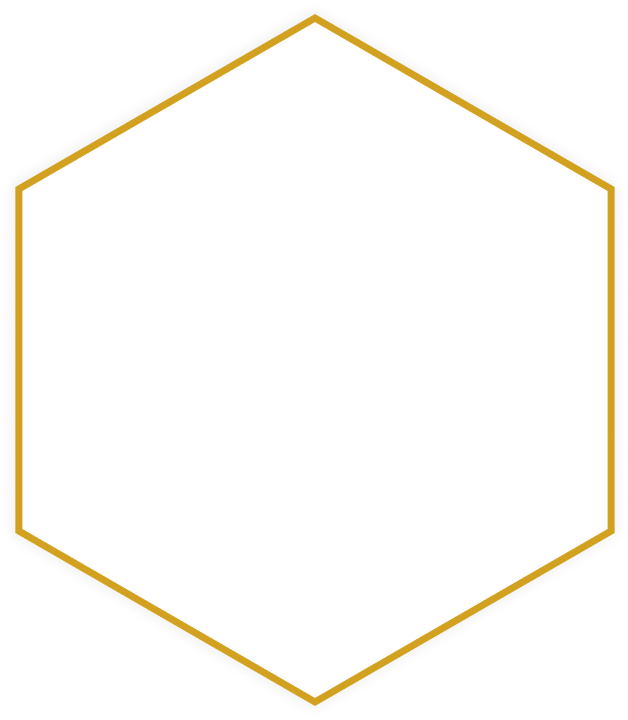By Eric Martin (Bloomberg) —
Panama promised free passage for US warships through the Panama Canal and said it will withdraw from China’s signature lending program after Secretary of State Marco Rubio blasted the government during his visit on Sunday.
Rubio, echoing President Donald Trump’s complaints about Chinese influence over the waterway, warned that the US would “take measures necessary to protect its rights” unless Panama makes immediate changes, the State Department said after Rubio met President Jose Raul Mulino.
The Panamanian leader played down the tensions but reiterated his country won’t give up the canal, as his government offered other concessions to the US.
The canal authority said late Sunday it will “optimize transit priority” of US Navy ships through the waterway. Mulino assured Rubio that US Navy vessels would enjoy free passage, a US official said. Panamanian officials didn’t immediately respond to a request for comment on that assertion.
Trump in December complained about what he called “exorbitant” rates that he said Panama charged the US Navy and companies for using the canal and threatened to retake control.
Mulino also said his country would not renew its participation in China’s Belt and Road Initiative, making Panama the first Latin American country to do so. He added that his government will evaluate whether to pull out before its current agreement ends in 2026.
US National Security Adviser Mike Waltz called that move a “step in the right direction” in a post on X. A US official said that while positive, the move doesn’t fully resolve concerns about the canal.
Speaking to reporters after the meeting with Rubio Sunday, Mulino called the session “respectful and cordial.”
“I don’t sense any real threat against the treaty or its validity, and much less of the use of military force to take over the canal,” he said in Spanish. “I don’t sense that.”
Asked about the situation Sunday evening, Trump told reporters that he doesn’t think troops will be necessary to assure US interests in the canal.
“China’s running the Panama Canal,” Trump said. “We’re going to take it back or something very powerful is going to happen.”
While Panama has dismissed Trump’s allegations, China’s influence has been growing in the region. In 2017, a previous Panamanian government severed diplomatic ties with Taiwan and declared that there was “only one China” — a move that has occurred in several Latin American nations in recent years.
Panama commited to joining the Belt and Road program in late 2017, signing a three-year rolling pact. The country’s membership will automatically renew again in late 2026 unless Panama — or Beijing — decides to terminate the agreement.
China’s Foreign Ministry has said that it will always respect Panama’s sovereignty over the canal, and recognizes it as a permanently neutral international waterway. The Ministry didn’t reply to a request for comment on Panama’s vow to leave the Belt and Road initiative during a public holiday.
A Hong Kong subsidiary of CK Hutchison Holdings Ltd. — which is also based in the Asian city – has two of the five ports adjacent to it, one on each side. Under Panama’s constitution, the canal is managed by the Panama Canal Authority, with some of the tolls going into the national treasury.
The Panama Canal has come under heightened scrutiny since December, when Trump complained that it’s charging exorbitant rates to US ships. He demanded that fees either be lowered or that Panama return the canal to the US.
The US built the canal at the start of the 20th century and ceded it back to Panama in 1999 under a treaty signed by President Jimmy Carter in 1977 — a move that Trump called foolish.
The 51-mile (82-kilometer) canal connecting the Atlantic and Pacific oceans is a major strategic asset. It has also has been a choke point for global trade as Panama has suffered a prolonged drought that has impeded crossings.
In the talks Sunday, Rubio and Mulino also discussed migration through the Darien Gap, a jungle area between Colombia and Panama which he says has seen a 94% decrease in illegal crossings. Mulino offered an airstrip near the area for repatriation proceedings.
Rubio, the son of Cuban immigrants, arrived in Panama on Saturday for the start of a six-day trip that will also take him to El Salvador, Costa Rica, Guatemala and the Dominican Republic.
Rubio’s trip, which included a visit to the canal, was his first foreign trip as the top US diplomat. It came a day after Trump announced 25% tariffs for Mexico and Canada that will take effect on Tuesday, as well as 10% tariff on China.
It also comes amid a push by Trump to muscle Latin American countries to receive deportees from the US, many from Central America. A dispute with Colombian President Gustavo Petro last week resulted in the threat of tariffs on one of the US’s strongest regional allies.
© 2025 Bloomberg L.P.
Unlock Exclusive Insights Today!
Join the gCaptain Club for curated content, insider opinions, and vibrant community discussions.
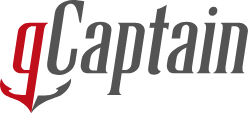
 Join The Club
Join The Club



